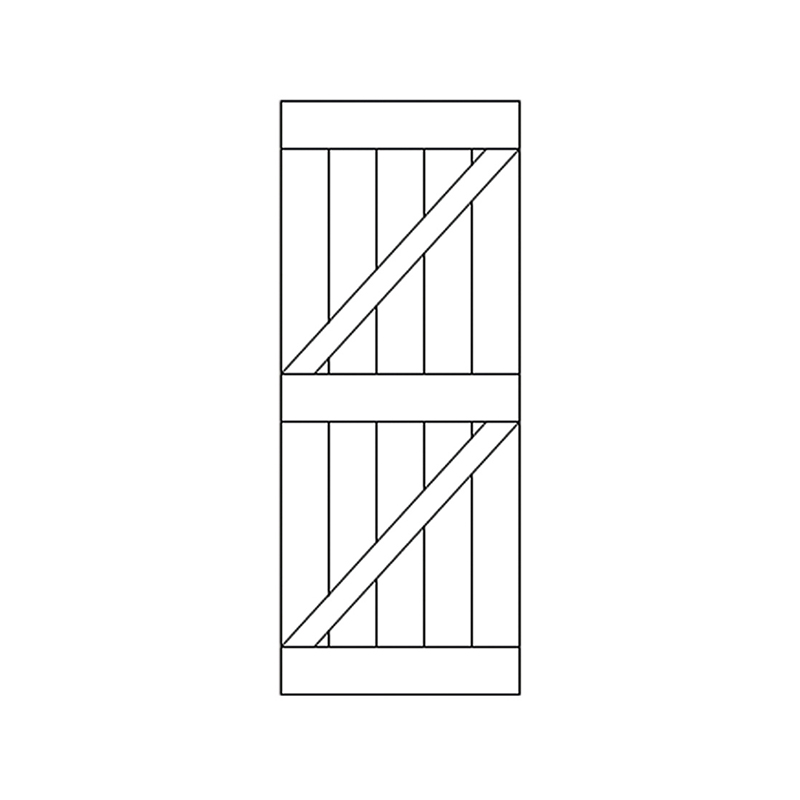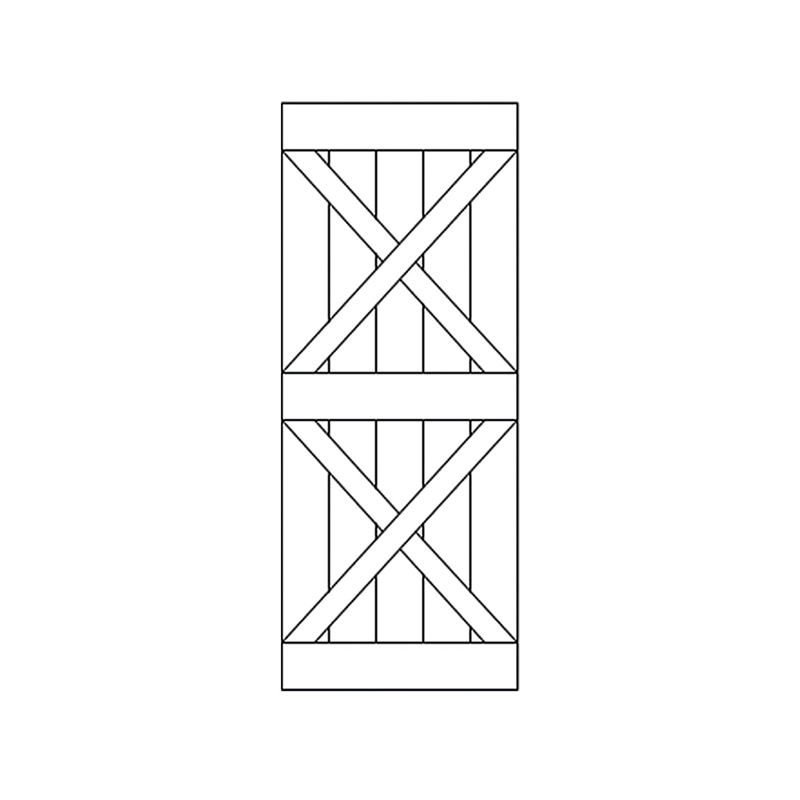Unlike traditional hinged doors, sliding doors operate on a track system, allowing them to glide open and closed without requiring extra space for door swings. This feature makes them particularly useful in environments where maximizing space and maintaining a sleek, minimalist look are important. Whether used in homes, offices, or commercial spaces, sliding doors offer a practical and stylish solution to a variety of design challenges.
Advantages:
One of the primary advantages of sliding doors is their space efficiency. Traditional doors require space to swing open, which can be a limitation in smaller rooms or narrow hallways. Sliding doors, however, do not need additional clearance, making them ideal for areas with limited space. They are perfect for tight spaces such as closets, bathrooms, and kitchens, or in areas where space optimization is crucial, such as apartments or office cubicles.
Another significant advantage is the ease of use. Sliding doors glide smoothly along their track, offering simple and quiet operation. Unlike swinging doors, which can become cumbersome or difficult to open when obstructed, sliding doors require minimal effort, even in high-traffic areas. This is especially beneficial in commercial settings like hotels or healthcare facilities, where ease of movement and accessibility are important considerations.
Durability is also a key benefit of sliding doors. Constructed from a variety of materials, including wood, glass, metal, and composite materials, sliding doors are built to withstand frequent use. High-quality sliding door systems come equipped with robust tracks and smooth gliding mechanisms, which can endure the test of time with proper maintenance. Additionally, many modern sliding doors are designed with soft-close or anti-jump mechanisms that ensure the door remains securely in place, reducing wear and tear.
Aesthetic appeal is another major advantage of sliding doors. They offer a sleek and modern design, making them a popular choice for contemporary interiors. Whether framed or frameless, sliding doors can blend seamlessly with the overall décor, enhancing the room’s aesthetic without overwhelming it. Their clean lines and minimalist design contribute to a modern, open feeling, often making spaces feel more expansive.
Application:
Sliding doors are incredibly versatile and can be applied in a wide range of residential, commercial, and industrial settings. In residential applications, sliding doors are commonly used for closets, bathrooms, and patio entries. For example, in bedrooms or hallways, sliding closet doors maximize space by eliminating the need for door clearance. In bathrooms, sliding doors are often used for shower enclosures, where space is limited and the door needs to be easily maneuverable.
In the living room or dining room, sliding doors can be used to separate spaces or as a stylish entryway leading to outdoor patios or balconies. Glass sliding doors, in particular, are ideal for creating a seamless transition between indoor and outdoor areas, allowing natural light to flood the room and enhancing the sense of openness. These types of sliding doors are also energy-efficient, offering good insulation against the weather while maintaining aesthetic appeal.
In commercial spaces, sliding doors are used in offices, retail stores, restaurants, and healthcare facilities. In offices, sliding glass doors can be used to create meeting rooms or private offices, promoting an open yet functional workspace. Automatic sliding doors are often found in retail stores, allowing for easy access and providing a modern, high-tech appearance. Sliding doors are also commonly used in hospitals and hotels, where ease of access, privacy, and space-saving features are essential.
Aesthetic Appeal:
Sliding doors are not only functional but also enhance the visual appeal of any space. Their sleek, streamlined design makes them ideal for contemporary interiors, where minimalism and openness are valued. The large panels of glass in sliding doors can allow for unobstructed views and a greater connection to the outdoors, which is particularly desirable in spaces such as living rooms or dining areas.
Materials and finishes for sliding doors are available in a variety of styles, allowing them to be customized to fit the aesthetic of a room. For instance, wooden sliding doors can provide a warm, natural look, while glass sliding doors offer a more airy and transparent feel. Modern sliding doors can also feature frosted, mirrored, or patterned glass, adding a unique touch to the design.
In modern and minimalist settings, frameless sliding doors with large glass panels are often used to emphasize openness and light. These doors give the room a spacious, unobstructed appearance, and the absence of heavy framing contributes to the clean, uncluttered look. On the other hand, in more traditional or rustic interiors, sliding doors made from wood or metal can provide a warm, textured look that complements the overall aesthetic.
Customization options for sliding doors also contribute to their visual versatility. Many sliding doors come with customizable track systems, handles, and finishes, allowing homeowners and designers to tailor the look to the space. For example, sliding doors in an industrial-style loft might feature a raw, unfinished metal track, while a coastal-themed home might incorporate sliding doors with soft, weathered wood.

 English
English русский
русский Français
Français Español
Español عربى
عربى





